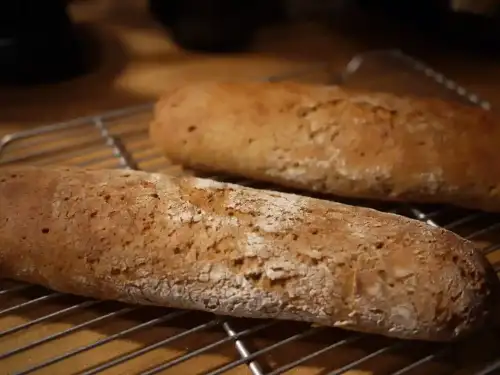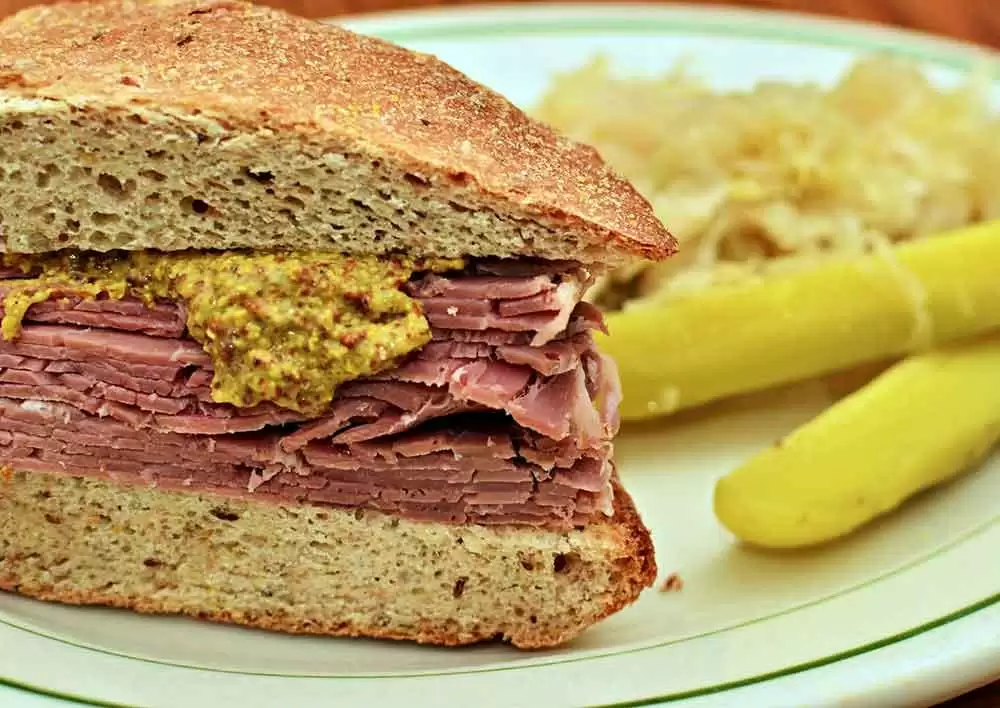Celiac.com 10/10/2025 - People with celiac disease must avoid gluten, a protein in wheat, rye, and barley. Unfortunately, gluten-free breads often fall short in quality. They tend to be dense, dry, and less flavorful compared to traditional wheat breads. They are also commonly made with refined flours that lack important nutrients such as protein, fiber, and vitamins. This creates a demand for new techniques that make gluten-free breads both healthier and more enjoyable to eat.
The Role of Whole Grains and Pseudocereals
To improve nutritional value, researchers are experimenting with whole grain flours from pseudocereals such as quinoa and buckwheat. These grains naturally contain more fiber, minerals, and beneficial compounds than refined rice or corn flours. Using such ingredients can help restore some of the lost nutrition in gluten-free diets. The study focused particularly on buckwheat as a base for gluten-free sourdough breads.
Why Sourdough Matters
Celiac.com Sponsor (A12):
Sourdough is a type of fermented dough that relies on a combination of yeasts and bacteria to break down and transform flour. In gluten-containing breads, sourdough adds flavor, aroma, and improved texture. For gluten-free breads, sourdough may help address two major issues: poor structure and bland taste. The fermentation process can produce natural acids and aromatic compounds that create more appealing breads while also improving nutrient availability.
Spontaneous vs. Controlled Sourdough
Traditional sourdough develops naturally, drawing on microorganisms present in the environment. While this can create unique flavors, it is unpredictable and carries a risk of contamination. Controlled sourdough, on the other hand, uses specific microbial strains. This allows bakers to achieve consistent results, maintain food safety, and better control fermentation. For large-scale production, controlled fermentation is especially important.
The Study: Freeze-Dried Starters
The researchers tested two freeze-dried starter cultures made from native bacteria and yeast that were isolated from gluten-free grains. These included combinations of lactic acid bacteria with the common bread yeast Saccharomyces cerevisiae. By using freeze-dried cultures, the starters could be stored, transported, and used reliably without losing effectiveness.
Key Findings
When these starters were added to gluten-free buckwheat sourdough breads, several improvements were observed:
- Production of flavor compounds increased by more than 150 percent.
- Bread volume rose by around 20 percent, meaning loaves were less dense.
- Crumb firmness dropped by over half, making the bread softer.
- The rate of staling slowed by nearly 60 percent, helping bread stay fresh longer.
- Loaves developed darker crusts and more aerated crumbs with more air pockets.
Sensory Results
In taste tests, breads made with the sourdough starters were described as having a stronger aroma, more flavor, and a chewier crumb. They were also darker in color and lighter in texture. Interestingly, the panel of testers still preferred the control bread slightly, although the difference was small when compared to one of the sourdough breads. This suggests that while the new methods improved many technical aspects, preferences may depend on familiarity and habit.
What This Means for Gluten-Free Bread
This study shows that it is possible to make gluten-free breads with better texture, taste, and shelf life by using sourdough made with carefully chosen, freeze-dried microbial starters. These methods could be scaled up for industrial baking, offering people with celiac disease and others who avoid gluten healthier and more enjoyable bread options.
Why This Matters for People with Celiac Disease
For those living with celiac disease, bread is often one of the most disappointing parts of a gluten-free diet. Dense, dry, and nutritionally weak loaves are common. This research suggests that by combining whole grains such as buckwheat with advanced sourdough technology, bread can be made softer, tastier, and more nourishing. If adopted widely, these advances could transform gluten-free baking, improving both quality of life and long-term health for those who cannot eat gluten.
Read more at: sciencedirect.com












Recommended Comments
There are no comments to display.
Create an account or sign in to comment
You need to be a member in order to leave a comment
Create an account
Sign up for a new account in our community. It's easy!
Register a new accountSign in
Already have an account? Sign in here.
Sign In Now